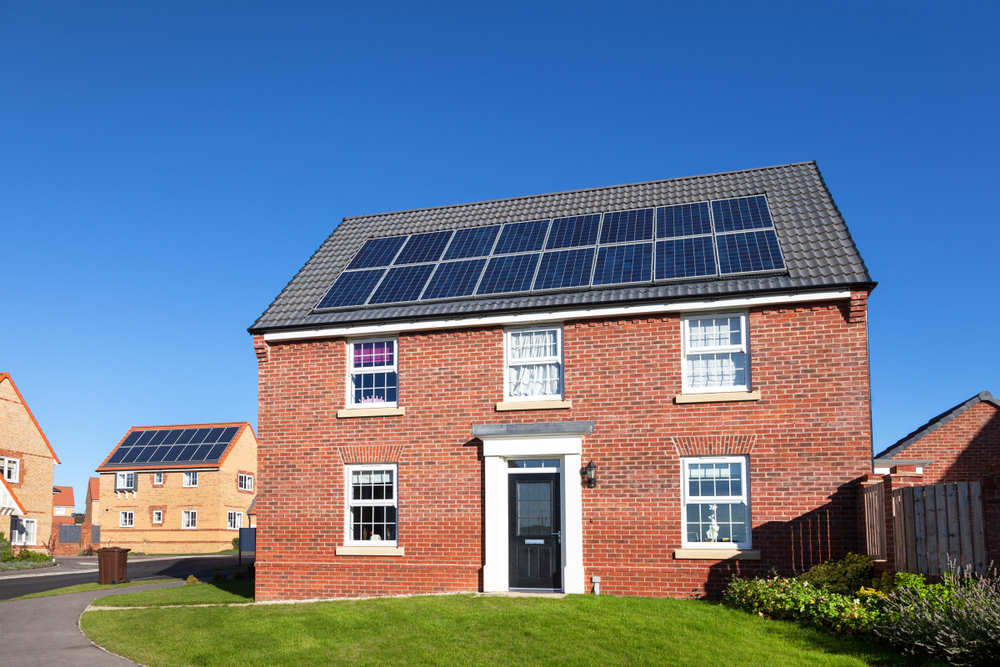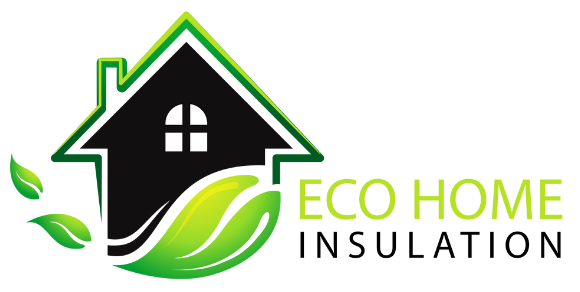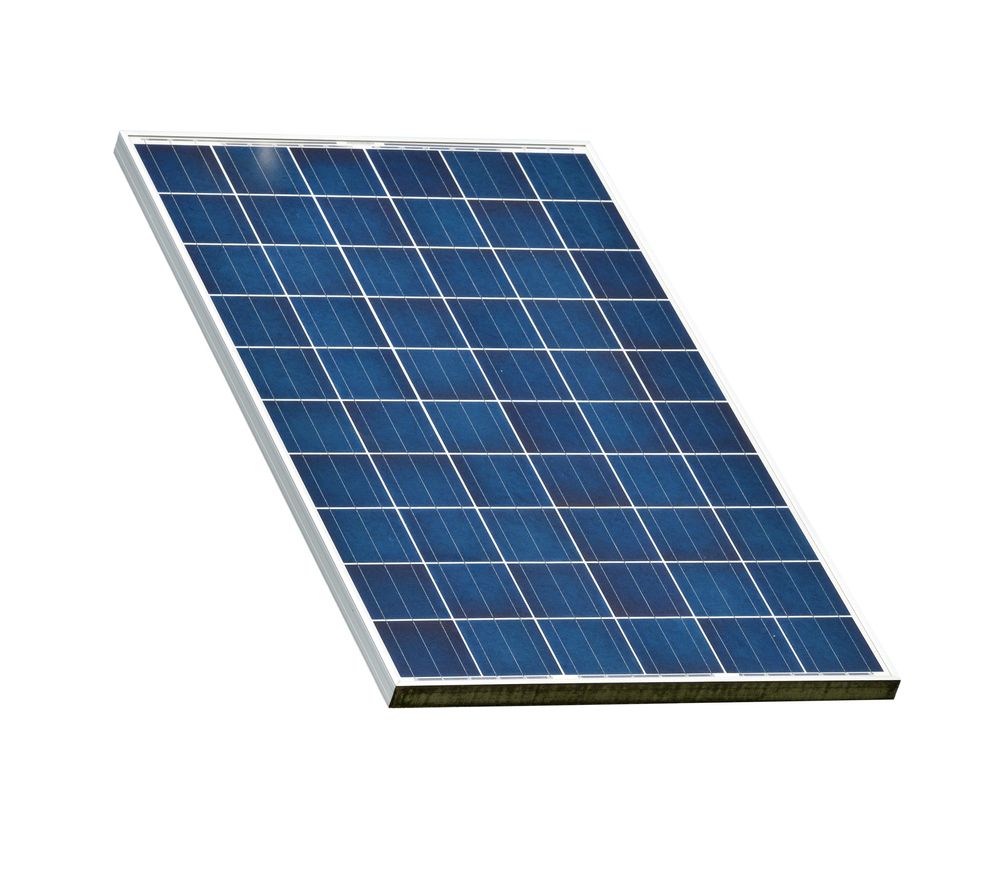
SOLAR P.V
Solar energy can be produced anywhere in the world, regardless of the weather conditions – even if the days are cloudy, solar energy will still be produced. It is an energy system that has been designed to capture energy from the sun and transform it into electricity by using photovoltaics, which is also known as solar panels.
While the installation costs might be a little higher than the average energy system, you are not charged for any of the energy produced by your PV solar panels that can power your home efficiently for FREE. You can even generate further income by selling excess energy back to the National Grid or your energy provider.
On average, people in the UK find themselves saving over £350 a year by using solar energy.
Check Eligibility

